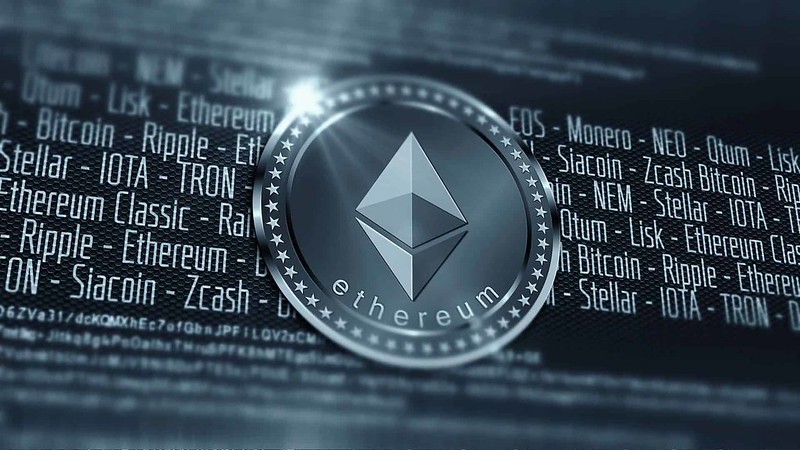David Agullo
What Are The Changes That Are Anticipated With The launch Of Ethereum London Hard Fork?

The long-awaited London hard rock is to be launched between Thursday 5 August, at around 1.15 pm UK time. The ‘London hard fork’ is a forerunner to Ethereum 2.0, the upgrade is likely to make significant improvements to the platform and perhaps affect the cryptocurrency’s mining technique.
Certain changes are for a seeker regarding the New Hard Fork Launch:
-It aims to address the inconsistency of network fees. When a user transacts ETH, they have the option of choosing between “fast,” “normal,” or “slow” bids. Making a bid to miner nodes is similar to this.
As an unforeseen consequence, miners are compelled to service the highest bidder (“quickly”). As a result, cryptocurrency users will have to pay a higher network fee for their transactions.
– TRANSACTION FEE
The major change with Ethereum 2.0 is the fact that it’s adopting a new method of paying miners. So far, the Ethereum network has paid miners for confirming transactions, which occur every few seconds, as well as distributing transaction fees — also known as gas fees — to these miners. For miners in the Ethereum community, this is the most lucrative source of income.
– POWER
On the other hand, the new improvements will reduce the amount of computational power required for Ethereum mining, as well as the gas taxes, which can currently reach $150 and are a big barrier to developing new platforms based on Ethereum.
– THE TIME BOMB IS TICKING
The fact that the update distributes a portion of miner income to existing token holders is the not-so-quiet elephant in the room.
The ether that would have gone to the miner would now be “burned,” permanently destroying a chunk of the digital currency that would have otherwise been recycled back into circulation.
-DIFFICULTY IN MINING
Not only that but Ethereum 2.0 will deliberately discourage PoW mining by gradually increasing the difficulty of calculations. The London fork dubbed the “difficulty time bomb,” implements a method in which the calculations that computers must conduct to validate transactions become increasingly difficult over time. It will eventually lead to an “ice age,” in which the challenge will be practically insurmountable.
-SELF-DESTRUCT REIMBURSEMENTS
It eliminates SELF-DESTRUCT gas reimbursements and decreases STORE gas refunds. STORE and SELF-DESTRUCT for gas refunds were first implemented. It serves as a motivator for programmers to create apps that make optimal use of storage and reduce unnecessary code. When the variable storage is less, it refunds the gas fee.
–INCOME GENERATION
The most significant change in Ethereum 2.0 is the adoption of a new mechanism of paying miners. So far, the Ethereum network has paid miners for confirming transactions, which occur every few seconds, as well as distributing transaction fees — also known as gas fees — to these miners.
For miners in the Ethereum community, this is the most lucrative source of income.
Ethereum price has seen a 12% surge, ahead of the London hard fork, closing above a critical resistance level.
The recent spike could also attributed to the surge in Ethereum social volume. It expected that the price will rise for the block as the demand has been constantly increasing.
The London hard fork is thrilling, but it also entails risks and forays into unknown terrain. Backward incompatible upgrades rely on the Ethereum network’s many distributed computers, commonly known as “nodes,” updating their software at the same time. If a large number of nodes operated by exchanges, miners, and other network stakeholders do not upgrade, a chain split could occur.
Latest
Blockchain
09 May 2024
Blockchain
19 Apr 2024
Blockchain
16 Jan 2024
Blockchain
31 Aug 2023
Blockchain
24 Jun 2023
Blockchain
24 Jun 2023













